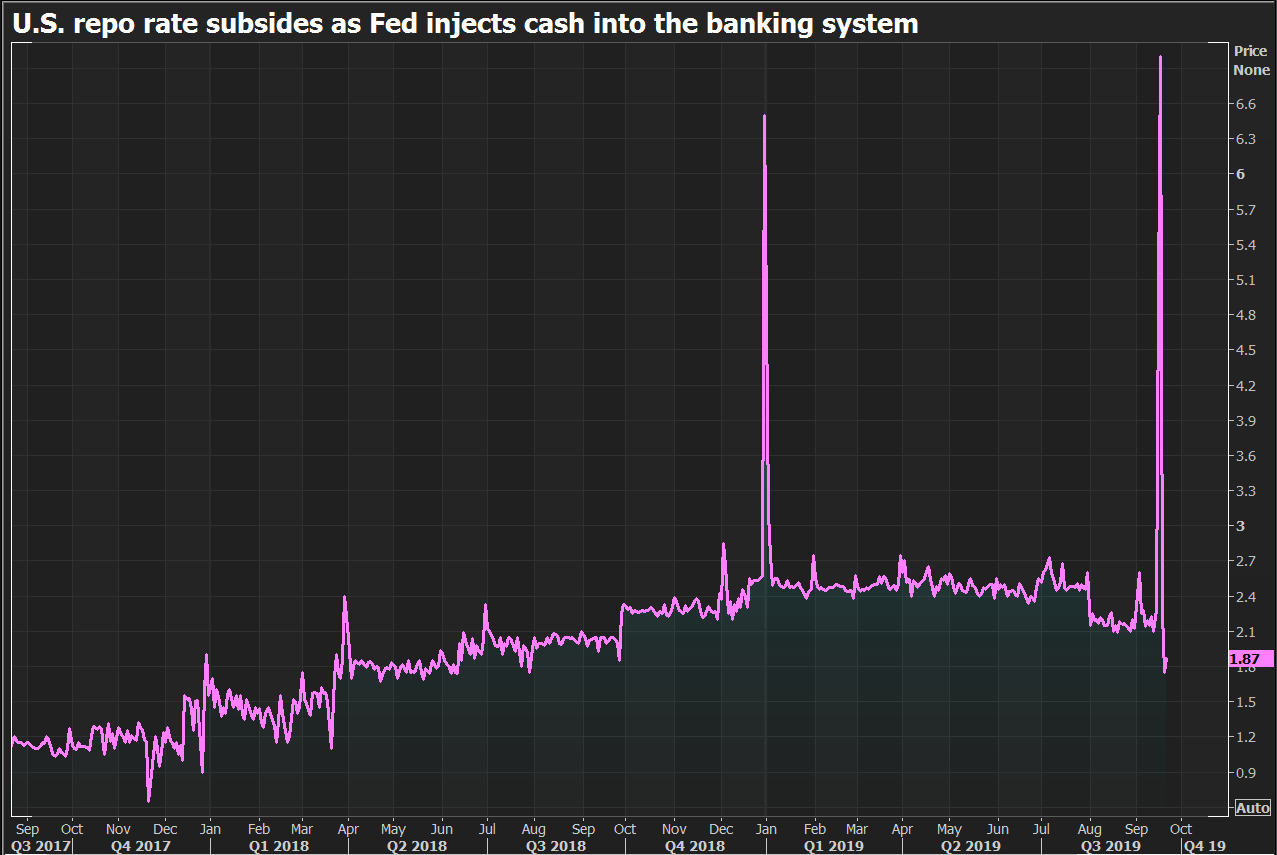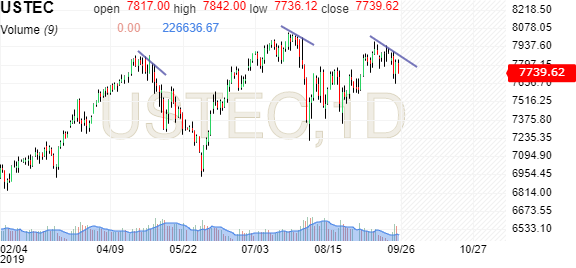- 2,071
- 723
- Joined
- Jan 8, 2005
Your history should show something
Follow along with the video below to see how to install our site as a web app on your home screen.

Note: this_feature_currently_requires_accessing_site_using_safari
 .
.money from stocks that pay dividends?Anyone ever get unknown money in your robinhood account? It’s buying power/withdrawable...it’s just a couple of dollars but I don’t know where it came from, none of the stocks I own pay dividends either.

Load up on roku calls..
Ill be loading for 230 strike nov 15th expiry.
Good luck.


Anyone buying PTON?
Bruh Ameritrade is about to be $0 fees and .65 per contract Robin Hood has made them force their hands which they should have
It cost them .20 to execute a stock order but charge us +$4 to open an position and +$4 to close
IBKR better re-lower their fees to $0 from $1 as well
Very tempted to take my profits on AAPL and call it good on them for now. Over 100% gains, dont see them holding an all time high very long, if they hit again, looming recession and possibility Trumps trade war/deals fall apart.AAPL been doing big things this month.
I’m getting murked on these Canadian marijuana plays. I’ve been DCA’ing so if they can right the ships I’ll be okay but boy did I goof on Canapy and TGODF.
Very tempted to take my profits on AAPL and call it good on them for now. Over 100% gains, dont see them holding an all time high very long, if they hit again, looming recession and possibility Trumps trade war/deals fall apart.
I mean, that's where I'm at once the housing market hits a downturn ? Hoping to have a healthy sum of cash at the ready.Yeah that could be a good call. I'm sitting at over 200% on mine but I don't think I'll ever sell unless it's for a downpayment on a crib or buying a business or whatever. If we hit $160's again I'll add more. These are shares I hope to have when I'm retired.